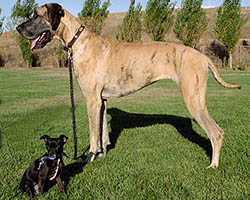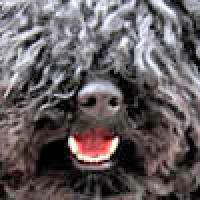the appearance of an individual that results from the interaction between their genetic makeup and the environment. Phenotypic trait... more
A Map of Genetics

The climate on our planet is changing, but what does this mean for living things, like plants and animals? Scientists investigated how birds respond to the changing climate.
 Erica L. Lovett
Erica L. Lovett
With their tails wagging and noses sniffing, can dogs tell what we can't with our eyes? These scientist wanted to find out the answer.
 Stephanie Outlaw
Stephanie Outlaw
Scientists are finding out that even though dogs look very different on the outside, what causes them to look that way is much similar than we thought.
 Emilio Galan
Emilio Galan
Punnett Squares
Punnett squares are a useful tool for predicting what the offspring will look like when mating plants or animals. Reginald Crundall Punnett, a mathematician, came up with these in 1905, long after Mendel's experiments. Let's take a look at how Punnet squares work using the yellow and green peas example from Mendel’s garden experiments.
Mendel's Pea Garden
When looking for something to experiment with, Mendel turned to what was already available in his own backyard: the common pea plant.
The pea plant was perfect for Mendel's experiments for a number of reasons. First, pea plants were easy to grow and could be grown quickly in large numbers.
**Some of the content on this page is out of date, please pardon us while we update it for accuracy.**
Below is a list of phenotypes easily identified in humans that follow the pattern of Mendelian inheritance. Look at yourself in the mirror to see if you carry the dominant or recessive alleles for these traits.
Are Brighter Colors Better?


